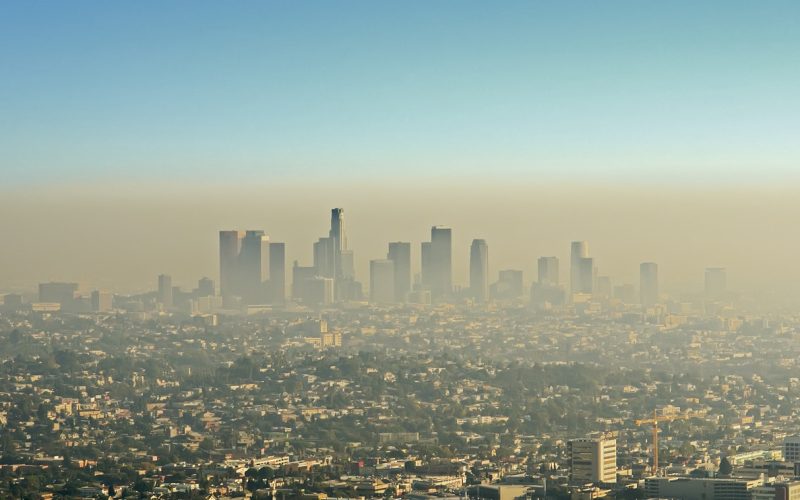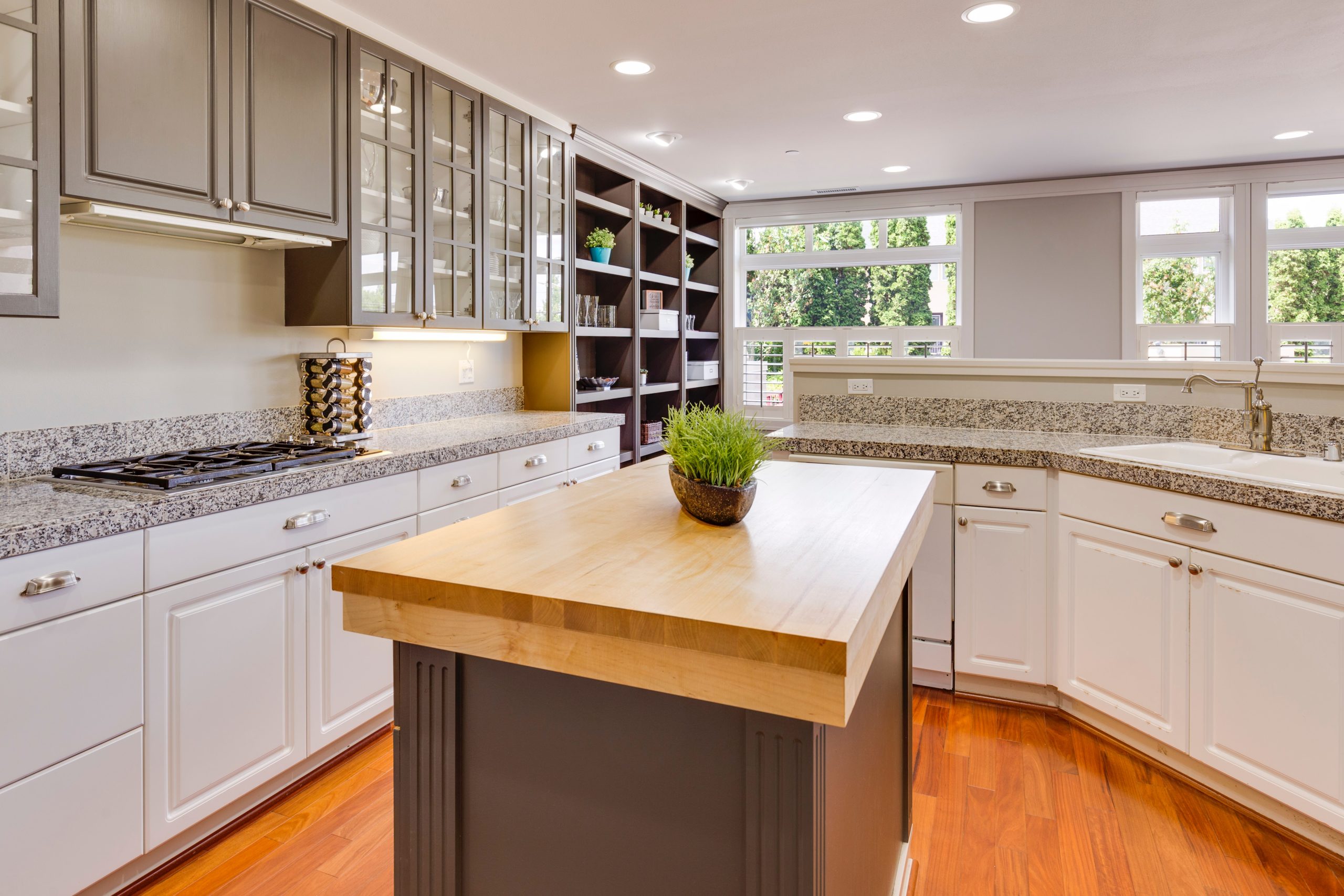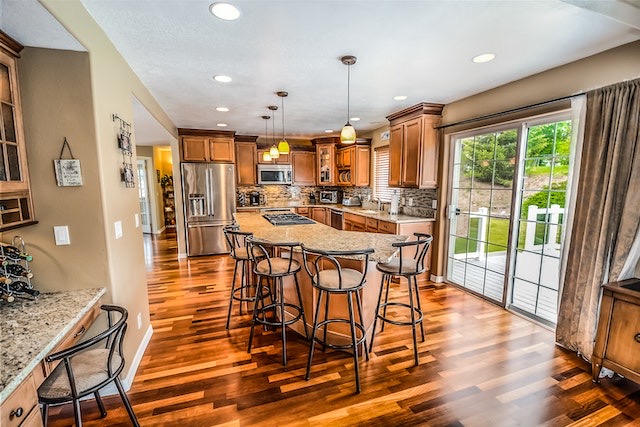Introduction
John Doe, a seasoned real estate expert with over two decades of experience, has been a guiding light for many city dwellers transitioning to the countryside. His expertise spans both urban and rural markets, and he’s here to unveil the hidden risks of rural real estate.
The Allure of Rural Living
The charm of rural living is irresistible. The crisp, clean air, vast open spaces, and the tranquil pace of life offer a refreshing contrast to the city’s constant hustle and bustle. But before you decide to trade skyscrapers for open skies, it’s crucial to understand the unseen challenges associated with rural real estate.
Accessibility and Infrastructure
Unlike urban environments, rural areas often lack robust infrastructure and accessibility. This can significantly impact various aspects of life, from daily commutes to access to essential healthcare services. For instance, the nearest hospital or clinic could be miles away, and public transportation might be limited or non-existent.

Property Maintenance
Owning a rural property often comes with unique maintenance challenges. Septic systems, well water, and large land areas require regular upkeep. Additionally, rural homes may be older and require more frequent repairs and renovations.
Land Use Regulations
Local land use regulations can significantly impact your rural living experience. These rules can affect various activities, from farming to building expansions. It’s essential to familiarize yourself with these regulations to avoid potential legal issues down the line.
Environmental Factors
Rural areas can be susceptible to environmental issues like flooding or forest fires. Understanding these risks and having a contingency plan in place is crucial. Additionally, living in close proximity to wildlife can be both a blessing and a challenge, requiring additional precautions to ensure safety.
The True Cost of Tranquility
While the peace and quiet of rural living are appealing, they come with their own costs. Increased travel times to reach urban amenities, limited entertainment options, and potential isolation are factors to consider. The tranquility of rural life is priceless, but it’s important to understand what you’re trading in return.
Table: Key Points to Consider When Buying Rural Real Estate
| Consideration | Description |
|---|---|
| Accessibility | Proximity to amenities like hospitals, schools, and shops |
| Infrastructure | Quality of roads, internet connectivity, and public services |
| Property Maintenance | Upkeep of septic systems, wells, and large land areas |
| Land Use Regulations | Local rules affecting farming, building expansions, etc. |
| Environmental Factors | Risks like flooding, forest fires, and wildlife encounters |
| Lifestyle Changes | Increased travel times, limited entertainment options, etc. |
Conclusion
Escaping the smog and embracing the countryside can be a dream come true. However, it’s essential to understand the hidden risks of rural real estate. With careful consideration and thorough planning, you can make an informed decision that aligns with your lifestyle and investment goals. Remember, every dream home comes with its own set of challenges. But with the right knowledge and preparation, you can turn those challenges into opportunities.










